Enterprise Information Architecture
By Clive Finkelstein
Published in DM Review in May 2001
Last month we discussed that enterprise portal success depends on how an enterprise portal is integrated into the enterprise. If it is to provide a single gateway into the enterprise, then its designers (as well as the managers and staff who will use the portal) need to be aware of the roles and information needs of managers and staff throughout the enterprise. Managers have different information needs than operational staff. These needs are identified from an examination of enterprise information architecture and enterprise architecture. These are the most significant factors for enterprise portal success.
Consider building construction, with a history of thousands of years. Over time, it was found that architecture is an essential prerequisite for the construction of all buildings. Without proper planning and design as carried out by architects, problems can arise.
-
The design or construction materials used for the building may not be adequate, and so it may fail. This failure can be in terms of quality that may lead to complete collapse.
-
The design or construction materials used for the building may be adequate, but the method of construction may take longer and, therefore, cost more than it should.
-
The building may be constructed correctly, but not meet the specific needs of planning authorities or the owners and occupiers thus representing wasted effort and cost.
-
An architect may specify standard sizes for doorways and windows so that prefabricated components can be used to reduce the time and cost of construction dramatically.
Architecture applies to other activities too, such as the design and manufacture of airplanes. Airplane architecture has a history of approximately 100 years. Without proper architecture in the design and construction of an airplane, the likelihood of flying without crashing is severely compromised. It is the role of aeronautical designers and engineers to use architecture for airplane design and construction. We would never consider flying in a plane that had not been correctly designed, tested and built.
Now consider the use of computers in business. Computers have a short history of only 40 years from their first use in the early 1960s until the present time. In contrast to building or airplane construction, architecture has not been used in the building of information systems in enterprises. Because enterprise information architecture (EIA) has not been used for effective planning and design of computer databases and applications, many problems arise.
-
Application and database design for computer applications and databases may not be adequate, and so they may fail. This failure can be in terms of quality that may lead to complete collapse of the applications. This is a common problem today.
-
The application and database design approach may be adequate, but the method of development may take longer and, therefore, cost more than it should. This also is common.
-
The application and database development approach may be correct, but the finished systems and databases may not meet the specific needs of the owner and/or end users, thus representing wasted effort and cost. This is one of the greatest problems with application and database development today.
-
An information architect may specify standard components for application development so that prebuilt program components can be used to reduce time and cost of application development dramatically. This is based on the use of object-oriented (OO) application development, drawn from OO analysis and design methods.
These problems correspond to those discussed for building architecture, but have been avoided due to the accepted use of architecture for building construction. The lack of EIA for information system development, in contrast, is one reason why these problems are endemic. The use of EIA minimizes the impact of these information system development problems in enterprises. It is a major factor that leads to enterprise portal success. Another factor is the enterprise architecture which will be discussed in next month's column.
Clive Finkelstein, the "father" of information engineering (IE), is an international consultant and an instructor. He is the managing director of Information Engineering Services Pty Ltd (IES) in Australia and a member of the International Advisory Board of DAMA International. Contact Finkelstein by e-mail at cfink@ies.aust.com.

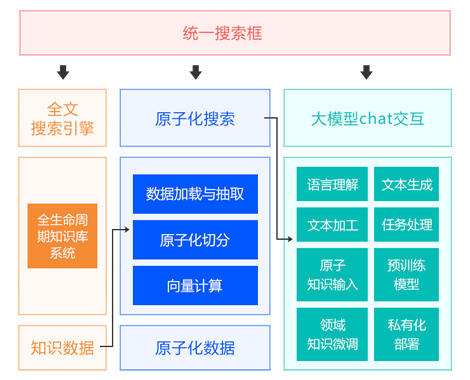

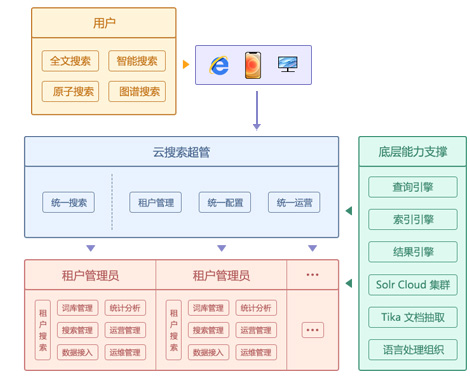

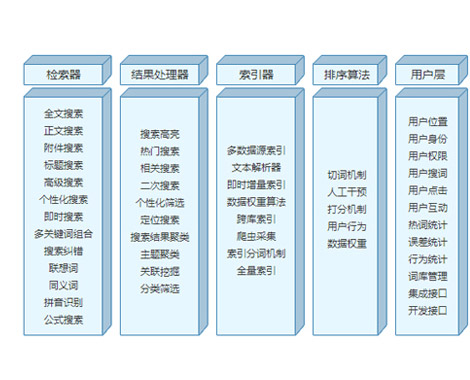

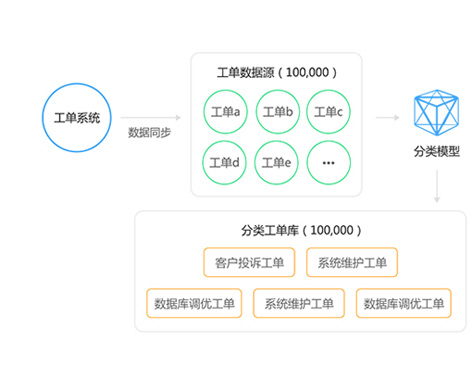
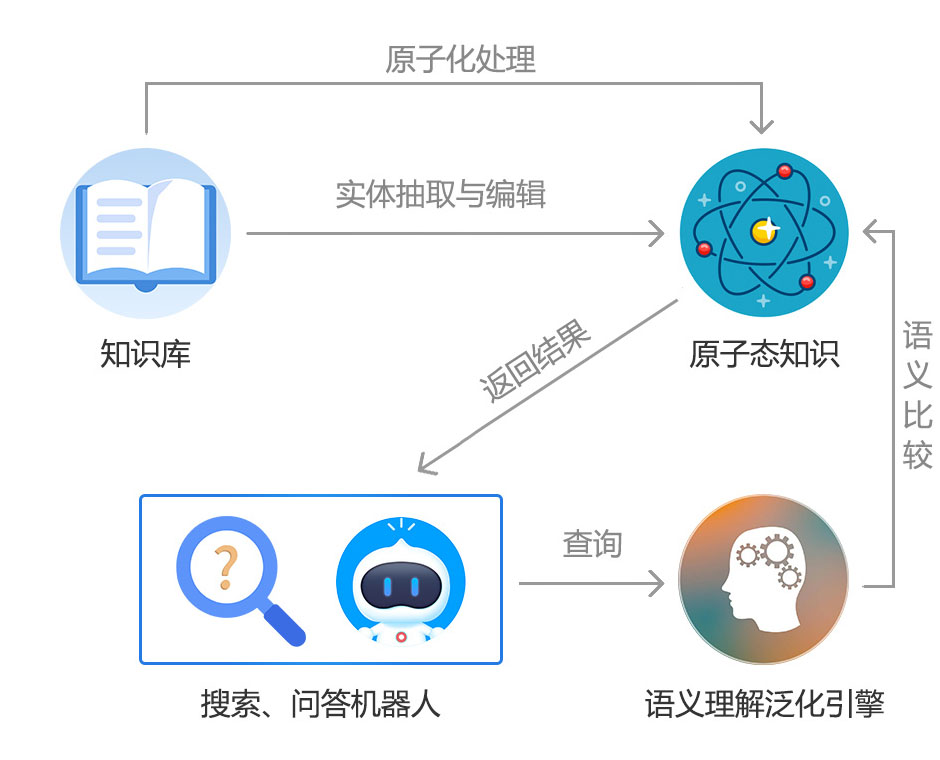
 2017-04-02 09:25
2017-04-02 09:25